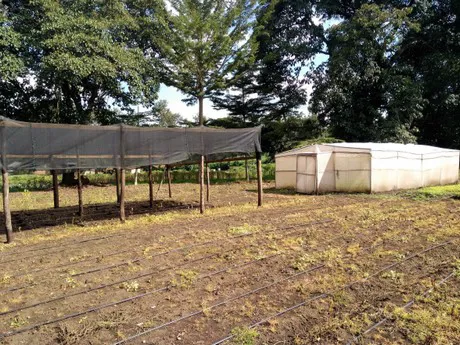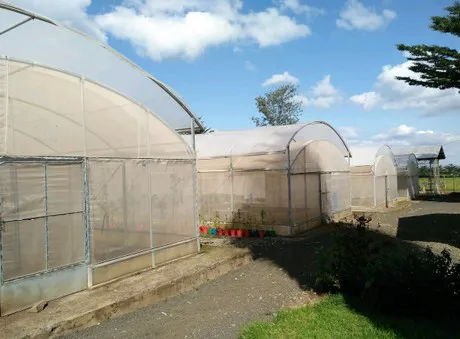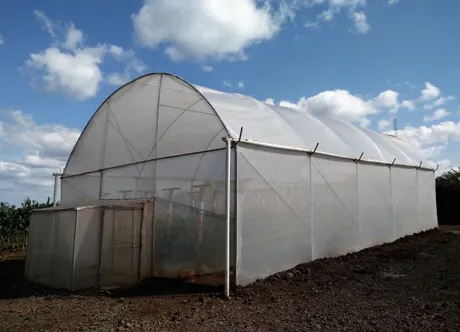Tanzania has great potential to become an important producer of nutritious vegetable crops grown under protective structures. While much is still unknown about which technologies can be used to achieve this, research initiatives from the World Vegetable Center in Arusha are pushing the development of commercial protected cropping systems tailored to local needs.
The World Vegetable Center is a nonprofit research institute founded in 1971 to support the development of vegetable production in upcoming economies. Backed by funding from the United States, UK, Germany, European Union, Taiwan and other governments and private foundations, the Center conducts research, builds networks, and carries out training and promotion activities to raise awareness of the role of vegetables for improved health and global poverty alleviation.
While the initiative started with projects in Asia, the Center’s research and development work now has a global focus on breeding improved vegetable lines, developing and promoting safe production practices, reducing postharvest losses, and improving the nutritional value of vegetables. Among many other countries, Tanzania is one of the important growing economies in which the Center is active in developing local adaptation of protected cropping.
Comparative study on the economics and effects on crops performance of different kinds of structures and covers
"Eastern Africa is home to a growing middle class that is demanding an increasing amount of nutritious, safely produced, high quality vegetables," said Hugo Despretz, a research agronomist and consultant on protected cultivation of vegetables at the World Vegetable Center's regional office in Arusha. "Kenya has been for many years a leader in this field, but scarcity of arable land and water is forcing small and medium holders to look at alternative production areas in Tanzania."
Despretz explained that protected cropping can be the answer to growing vegetables in the Sub-Saharan climate of Tanzania. "Tanzania offers a lot of advantages; it has land available, labour is competitive and there is an abundance of water available,” he said. “Together with increasing local support of TAHA (Tanzania Horticultural Association), it provides good opportunities for small farmers to establish local production.” However, the local environmental and socioeconomic conditions require a lot of dedicated R&D to figure out the best production methods and practices.
For this reason, the World Vegetable Center in Arusha is studying the economics of protected agrosystems through cost-benefit analyses. "By doing so, we intend to contribute to the devising of better protective structure designs adapted to the local soil, climatic conditions and pest pressure, and that enable optimal vegetable cropping in those conditions."
Despretz said that the main challenge in developing a zero-energy naturally ventilated structurein the tropics is to find the best compromise between a congenial microclimate inside the structure and efficient protection against targeted pests.
Screenhouses with additional polyethylene roof, for soilless cultivation and nursery
"The type of cover plays a crucial role in this,” he said. “Insect-proof netting seems promising to enable suitable ventilation and to keep some pests out, but a lot of research still has to be done on the mesh size and geometry, and on the net colour and structure (knitted, woven) to better understand its effects on the protected environment and the pest entry abilities."
Tomato cropping in a high greenhouse with polyethylene roof cover and insectproof net walls
Despretz and his team also are trying to determine and understand the impact on the microclimate of the structure's architecture, dimensions and cladding. Cover types under study include polyethylene films, shade screens and insectproof nets. They are currently constructing 12 new research greenhouses to push their investigation. The World Vegetable Center Eastern and Southern Africa relies on a team composed of national and international high-level scientists, PhD and master students, and they invite global players to join them in their search for tailored greenhouse production systems for use in Sub-Saharan Africa.
" International companies are investing in Tanzania,” said Despretz. “They are welcome to participate in our research and help develop the market. There is a lot of opportunity here, so please get involved."
For more information:
The World Vegetable Center
Hugo Despretz






